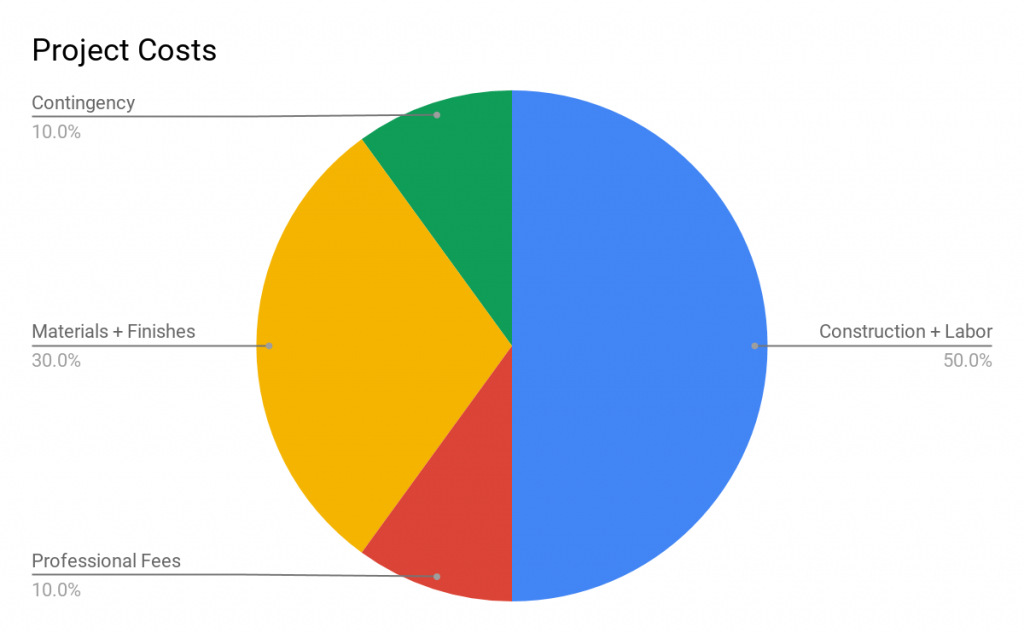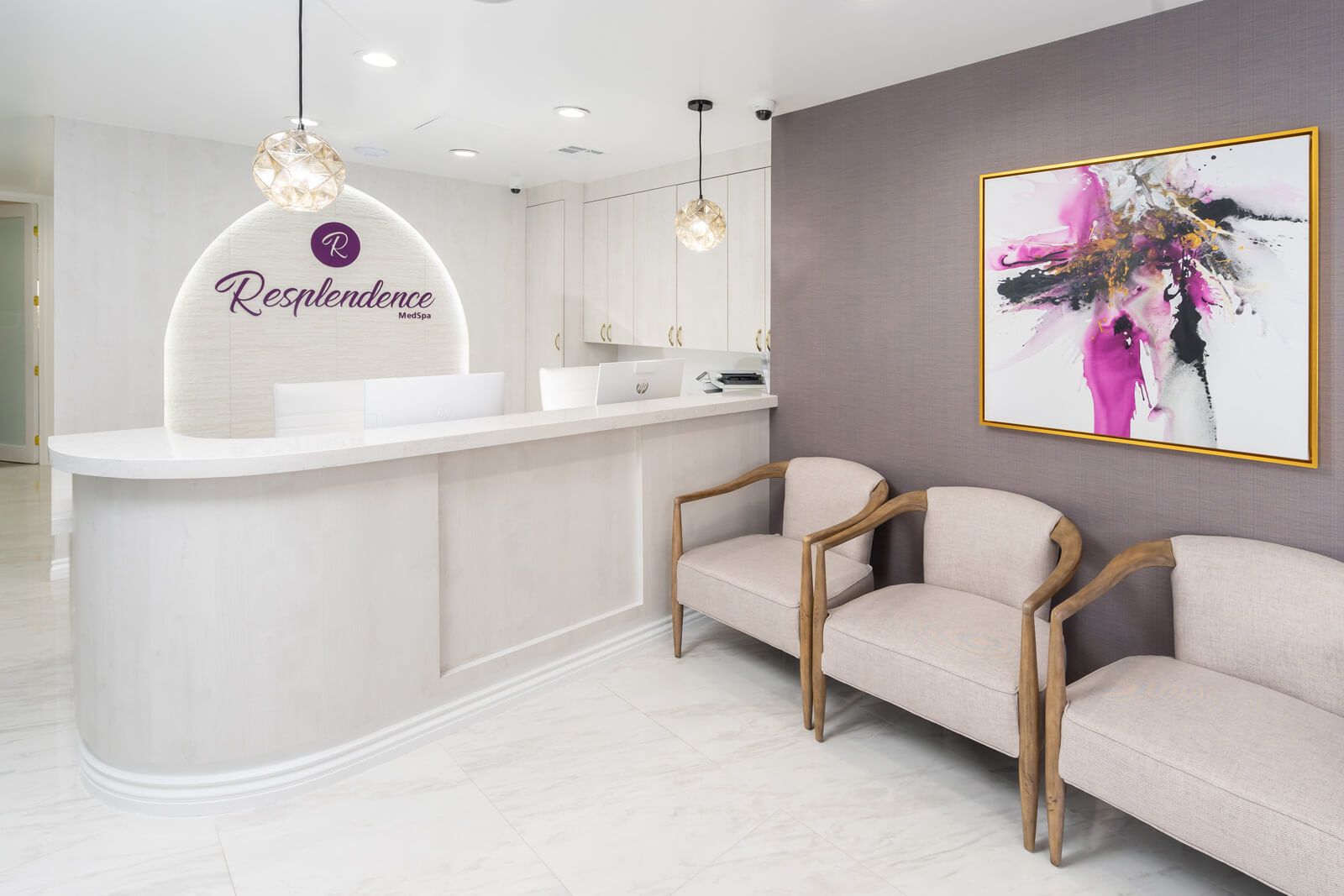Whether renovating an existing office or building a totally new medical space, setting a budget is an important step that can define the scale and quality of your project. A budget is the baseline, or comfortable amount you’re setting aside, to finance the cost of the project. It makes good business sense to have a budget to avoid costs from spiraling out of control. After all, failing to plan is planning to fail.
For the first-time client builder, it can be tricky to set a budget if you don’t know where to start. The key to making any budget stick is two universal elements – planning and implementation. Planning a budget that is comprehensive and thorough makes for a much more realistic tally. Make sure that it will even take into account contingencies for unforeseen costs. Implementing a budget demands active participation and tracking; this will monitor spending and project if spending are within the limits of your funds.
Design Costs
Working with a reputable design professional with the right medical expertise can command a premium from the regular design professional. Read more about the differences between Regular Interior Design and Specialized Medical Interior Design. Because medical specialization is niche designs, their knowledge and experience may end up saving you more money and time in the long run. Medical designers have insights on patient psychology that can improve the quality of experience and have the contacts to build materials that will be appropriate for the medical environment. Designers who have worked on some of the more well-known medical offices can also give your project some prestige as well; this experience can factor in pricing their design fees.
Look around and meet with multiple designers and contractors to get a feel of their qualifications and to get comparisons for their fees and scope of work before finalizing your choice. Engage them in conversation because their experience can give you information about construction costs from previous projects and the prevailing construction costs that tend to vary from place to place. To learn more about finding the contractor that is right for you, feel free to read more on the four E’s in engaging the right Contractor.

It will entail services like supervision and labor to the actual physical materials that will be used for the project. A careful audit of all the products, processes, and professionals can already give you a budget that is realistic and doable. Include contingencies of about 10% to protect you from unforeseen costs, reducing those stressful situations where your back is against the wall trying to find more funding. Professional fees from the architect, designer and MEP can range from 10-15% of the budget.
It’s not about restrictions; it is about clarity. If you want to create healing spaces, the journey must be healing as well. That means having a good time and a crystal clear vision on what the next step is, and if something comes up, you have a great team to help you – from your designer, architect, contractors, etc.
Are you happy with the budget you are setting? Are you selling yourself short? Is this an opportunity to invest in customizing your medical space and creating experience or is this a temporary solution for the time-being? Clarify your motivations and realize your expectations. You can go as basic or luxurious as you want. The budget you set is a guide to how far you are willing to achieve the experience you want to create. It is an investment for your practice to be a space that is as remarkable as you wish.




